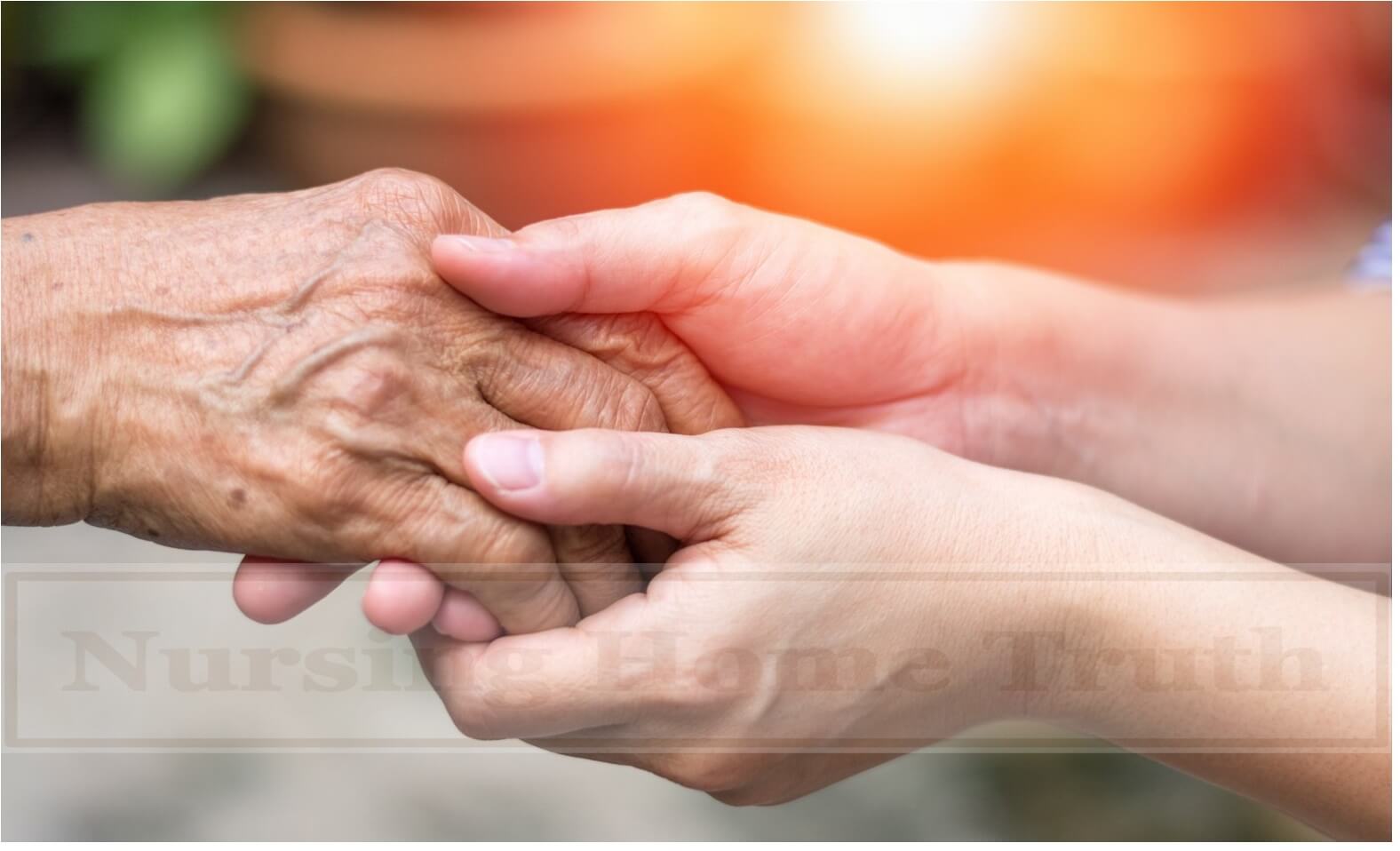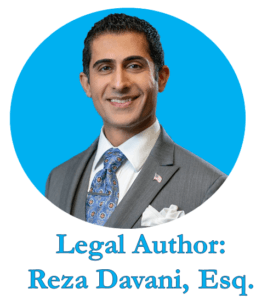Article Updated: March 9, 2022
Proving Elder Abuse After Death
leave blank, I will do all the openings.
Clickable Table of Contents
Proving Elder Abuse After Death
1 – Elder Abuse
2 – What To Do When You Have Suspicions Of Abuse
3 – Proving Elder Abuse After Death
4 – Proving Elder Abuse Q&A
Resources
5 – Get Help With Your Elder Abuse Case
6 – Supporting Literature, Citations & Research
7 – About the Author
8 – Legal Help in Maryland & Nationally
Elder Abuse
Elder abuse takes place against millions of individuals every single year and it happens at home and in nursing facilities.
Proving elder abuse may seem daunting but with the right advice and support, it can be a simpler process than you may realize.
Under regular circumstances, the go to course of action to prove elder abuse is to speak to the individual being abused. However, when this person has already passed away, proving that abuse took place becomes a little more challenging, but it does not become impossible, especially for a skilled nursing home abuse lawyer.

One of the most confusing aspects of elder abuse is understanding what the term means. Elder abuse is any act that harms an elderly individual.
This abuse can be emotional, physical, sexual, psychological or financial, in nature.
Additionally, there can be abuse through neglect, in which an elderly individual is denied access to adequate food, water, medicine or attention.
This leaves a great deal areas to look into when looking to prove elder abuse.
Elder Abuse Frequency
Research studies have found that in people over 65 years of age there is often a large number of cases of physical abuse, psychological abuse, financial abuse, sexual abuse and neglect.
Abuse is often thought to only be high in poorly-run nursing homes and assisted living facilities, but this is also not true, as many cases of elder abuse are happening in the home, and at the hands of family members.
Researchers have found in particular that paid caregivers and the elder son are often the perpetrator of physical abuse in elder abuse cases.
It is important to learn the signs of elder abuse as this will play a large part in any investigation into elder abuse, whether the individual is alive, or has already passed away.
Signs of distress, hurting themselves, becoming withdrawn, and the way that your loved one spoke to you when they were alive, can all hint at possible elder abuse.
Types of Elder Abuse
There is more than one kind of elder abuse, and some can lead to death directly, while others can contribute to death in an indirect manner.
Common forms of abuse include sexual abuse, financial abuse and emotional abuse as well as physical abuse and psychological abuse.
One thing is accepted amongst all forms of abuse and that is that there is a general consensus that elder abuse and neglect are significantly underreported and under-identified.
Also remember that if you have suspicion that abuse took place and you want to prove it after death, it does not have to be the abuse that led to the death.
If you believe for example that financial abuse took place while the deceased was alive, you can try and prove that this abuse happened, you are not limited to proving abuse only in cases where the abuse was linked directly to the death.
What To Do When You Have Suspicions Of Abuse
The way that you prove elder abuse after a person has died is very similar to the way that you prove abuse when the person is alive.
Unfortunately, many elderly people who are abused, even when alive are not able to verbalize their abuse, and cannot communicate as easily as others.
While them being deceased does add challenges to your desire to prove the abuse, it does not eliminate your efforts or viability of the claim.
If you believe there were signs of abuse you can start your process by looking at records and trying to speak to witnesses.
Many of these acts can and should also be done when the person is alive as well.
A good place to start with your suspicions will be to look at medical records.
Look At the Medical Records
One way of proving elder abuse after death will be to look at medical records.
Medical records will have a breadth of useful information that can help you see the medical conditions that the individual was dealing with.
Often, neglect may be subtle and the only way to prove it will be a combination of assessing medical records and analyzing it with the help of a nursing home abuse lawyer who works with nurse consultants and physicians to evaluate claims.
An investigation by a coroner will involve not only a physical examination of the body, but also a check of medical records and extensive investigative practices.
Death certificates and autopsies could be helpful, but I rarely hang my hat on a death certificate to prove cause of death. Personally, I conduct my own differential diagnosis to reverse engineer why the patient died.
Talk To Potential Witnesses
Talking to witnesses is another tool at your disposal that can have a big impact on understanding if abuse took place in the deceased person’s life.
These witnesses can be anyone who had contact with the deceased.
Potential witnesses can include nurses, home care workers, physical therapists, kids, and grand kids, as well as any other family members of the deceased or even neighbors and volunteers that worked with the deceased.
Additional witnesses may be found at the deceased’s bank, or their regularly visited businesses like cafes, coffee shops, grocery stores, barber shop/ salons, etc.
Consult The Financial Records
Financial records are another tool that can help you pinpoint exact instances of abuse that your loved one was dealing with.
Many professional investigations also use financial records because indications of financial exploitation may provide valuable corroborating evidence during a death investigation.
You too can look into bank records, savings accounts, and also speak to the bank frequented by your loved one.
Doing this helps to put together an assessment of financial records that can indicate abuse took place.
Proving Elder Abuse After Death
If you want to prove abuse has taken place after an individual has already passed away, the first step is to understand what kind of abuse you are trying to prove.
If you are trying to prove that a form of physical abuse has taken place, then medical records and an autopsy may be the best path for you to take.
If on the other hand you believe that financial abuse or emotional abuse took place, a look at financial records as well as focusing on interviewing witnesses may be the better path.
Physical & Sexual Abuse & Neglect
Physical abuse, sexual abuse and neglect will leave clear signs on an individual. This will mean that bruises, cuts, scrapes, and other signs of trauma like broken bones/ partially healed bones, can be found.
An autopsy can help provide clues and give hints into potential abuse that involved physical elements like hitting, or neglect.
Neglect can also be found with a look at medical records and an autopsy with signs of malnutrition, dehydration and untreated open skin wounds.
While an autopsy may seem extreme, for those who have passed away in nursing homes, they have frequently revealed abuse and neglect that was otherwise undetected. This is, however, a double edged sword, because the autopsy report can also create liability hurdles for your wrongful death claim.
Studies done specially on elderly individuals have noted that a diagnosis of neglect only emerged postmortem “through the combination of scene investigation, the often-scarce circumstantial data, and the autopsy findings”.
Financial Abuse
Proving elder abuse after death does not only mean proving physical abuse took place, it can also mean proving that financial abuse was present.
Many categories and signs can mean you need an investigation including the usual physical signs like lacerations and bruises, but the categories also include financial fraud and exploitation that can be signs of more extensive abuse that the elderly individual suffered.
Looking into financial abuse requires assessing financial records for strange or unusual patterns of spending, withdrawals or even investments and transferring of assets to another individual.
Proving Elder Abuse Q&A
What kinds of abuse can I prove with an autopsy?
An autopsy is best for proving abuse that was physical in nature. This will mean that sexual abuse, neglect and physical abuse are the most likely forms of abuse to be revealed in an autopsy.
Can medical records help me prove abuse took place against an elderly person?
Yes, medical records can help you prove that abuse took place against an elderly person. An individual’s medical records will house valuable information about what was happening in their lives not only physically, but also emotionally and psychologically as well.
Is proving elder abuse after death possible?
No, it is not impossible to prove elder abuse took place after an individual has already passed away. While it may be a little more challenging since the individual is not there to speak to directly, there are many tools available for you to use, like medical and financial records, to still be able to assess whether or not abuse took place.
Does proving elder abuse after death require an autopsy?
Some forms of abuse do require an autopsy in order to confirm that abuse took place. This is not true of all forms of abuse, but certain forms of abuse like physical or sexual abuse, as well as neglect, are best proven with an autopsy.
What documents are needed if I believe that financial abuse has happened to an elderly person?
If you believe that financial abuse has taken place, the best place to start is with financial records such as bank statements, withdrawal history, asset transfers, the opening or closing of lines of credit as well as whether or not payments to bills were being made while they were still alive.
Get Help With Your Elder Abuse Case
Proving elder abuse after death of a loved one is no walk in the park. Many aspects of the process require expertise in assessing financial and medical records to look for subtle signs of abuse.
It takes a trained eye to skim potentially thousands of pages of documents to put the pieces together for a nursing home malpractice lawsuit.
What I offer is exactly that, an experienced and trained set of eyes that has the exact skill set needed to find these patterns and help you put your case together and hold the negligent nursing home accountable.
I am available anytime via the contact form on this page as well as through my personal email for a no strings attached free consultation.
Warmly,
Reza Davani, Esq.
State Bar No.: 1212110211
Federal Bar No.: 30168

Supporting Literature, Citations & Resources:
Akaza, K., Bunai, Y., Tsujinaka, M., Nakamura, I., Nagai, A., Tsukata, Y., & Ohya, I. (2003). Elder abuse and neglect: social problems revealed from 15 autopsy cases. Legal Medicine, 5(1), 7-14.
Collins, K. A., Bennett, A. T., Hanzlick, R., & Autopsy Committee of the College of American Pathologists. (2000). Elder abuse and neglect. Archives of Internal Medicine, 160(11), 1567-1569.
Ventura, F., Caputo, F., Micera, C., & Molinelli, A. (2020). Elder abuse: a retrospective analysis of autopsy cases from the department of legal medicine in Genoa from 2006 to 2017. Journal of Elder Abuse & Neglect, 32(4), 388-398.
Mazzotti, M. C., Fais, P., Amadasi, A., Pelletti, G., Giovannini, E., Giorgetti, A., & Pelotti, S. (2022). When the Hidden Issue of Elder Abuse Leads to Death: Do Not Neglect Elder Neglect. The American Journal of Forensic Medicine and Pathology, 43(1), 60-65.
Dyer, C. B., Connolly, M. T., & McFeeley, P. (2003). The clinical and medical forensics of elder abuse and neglect. In Elder mistreatment: Abuse, neglect, and exploitation in an aging America. National Academies Press (US).
About the Author
This nursing home and medical malpractice article was written by Baltimore, Maryland nursing home attorney Reza Davani, Esquire. Mr. Davani received his Juris Doctor degree from a Tier 1 law school, the University of Maryland Francs King Carey School of Law. He received his first license to practice law from the State of Maryland’s Court of Appeals (MD State License No. 1212110211), and just four months later received a federal law license from the United States District Court for the District of Maryland (Federal License No. 30168).
Mr. Davani has been practicing law for over 10 years. He began practicing law by helping clients as a sanctioned student lawyer before receiving his law license, and second chaired his first jury trial in federal court before even graduating law school. He is a registered member of the Maryland Association for Justice (MAJ), the American Bar Association (ABA), the American Association for Justice (AAJ), and was formerly on the MAJ’s Legislative Leader’s Circle.
Mr. Davani has taken over 20 cases to trial in state and federal court, and favorably settled well over 100 cases for injured victims. He has personally helped his clients recover over $15,000,000 in personal injury, medical malpractice, and nursing home abuse settlements and verdicts in Maryland and other states. He is dedicated to fighting for justice, and welcomes the opportunity to help you.
Elder Abuse Lawyer Near You in Baltimore, Maryland & Beyond
I can help you anywhere in Maryland, including Allegany County, Anne Arundel County, Baltimore City, Baltimore County, Carroll County, Calvert County, Caroline County, Cecil County, Charles County, Dorchester County, Frederick County, Garrett County, Harford County, Howard County, Kent County, Montgomery County, Prince George’s County, Queen Anne’s County, Somerset County, St. Mary’s County, Talbot County, Washington County, Wicomico County, and Worcester County.
I have helped clients in over a dozen jurisdictions, including California, Delaware, District of Columbia, Georgia, Illinois, Iowa, Massachusetts, Maryland, Mississippi, New Jersey, New Mexico, New York, North Carolina, Pennsylvania, South Carolina, Washington, and Virginia.
I help injured victims nationwide in all 50 states on a case-by-case basis via Pro Hac Vice.






